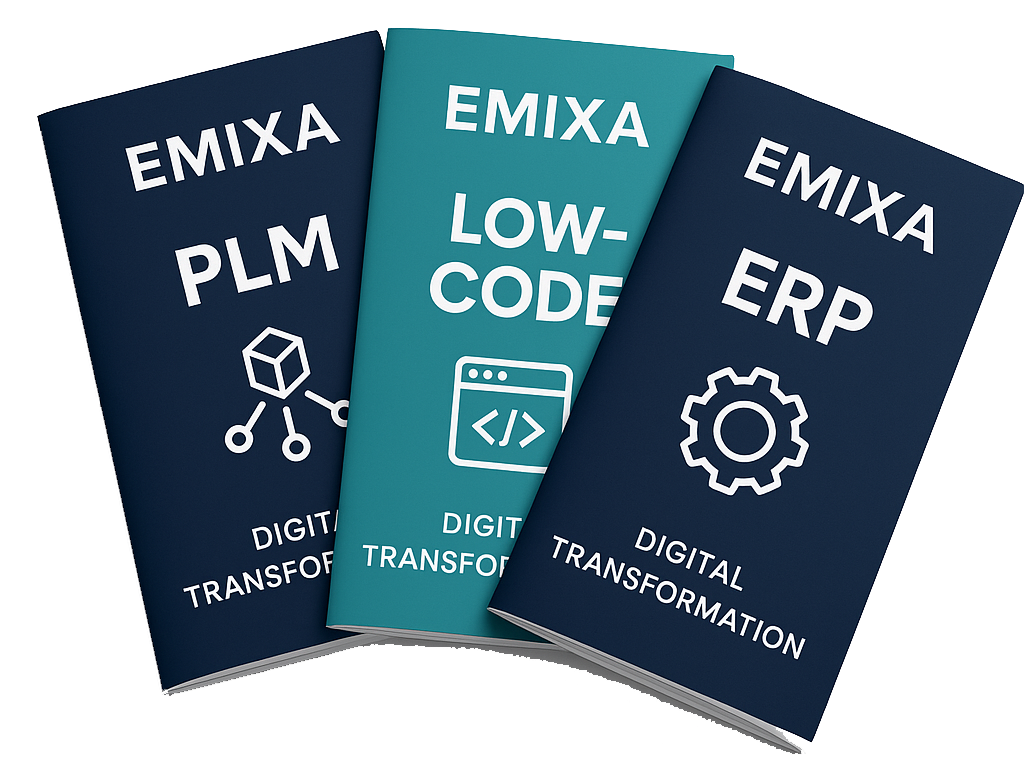
- Low Code
Low-code in Manufacturing

Low-code platforms, such as Mendix, ensure faster and more advanced application development. These applications shorten the lost time that has to be used and processes in your company that arise from underlying standard applications do not cover the need. Applications are developed very quickly, and fully customized and function in the application landscape, so that you can start improving and accelerating your processes and production in no time.
Manufacturing Menu
Watch this video in which Erik Burghoorn - CCO Emixa, Bas van der Horst - Managing Director Appronto, Sebastian Bersch - Director Manufacturing Cloud at Mendix and Mendix CEO Tim Srock, create our Manufacturing Menu. This is an overview of more than 100 successful customer cases, templates and solutions that we have developed over the past years. Exclusively for the manufacturing industry and proven successful.
Author: Minke van Dooremalen | Marketing Manager
Published date: August 26, 2025

Explore our Technology. Access our downloads center.
Access NowStart your Digital Transformation with Emixa

We help businesses transform their digital future with cutting-edge technology and strategic products & services


